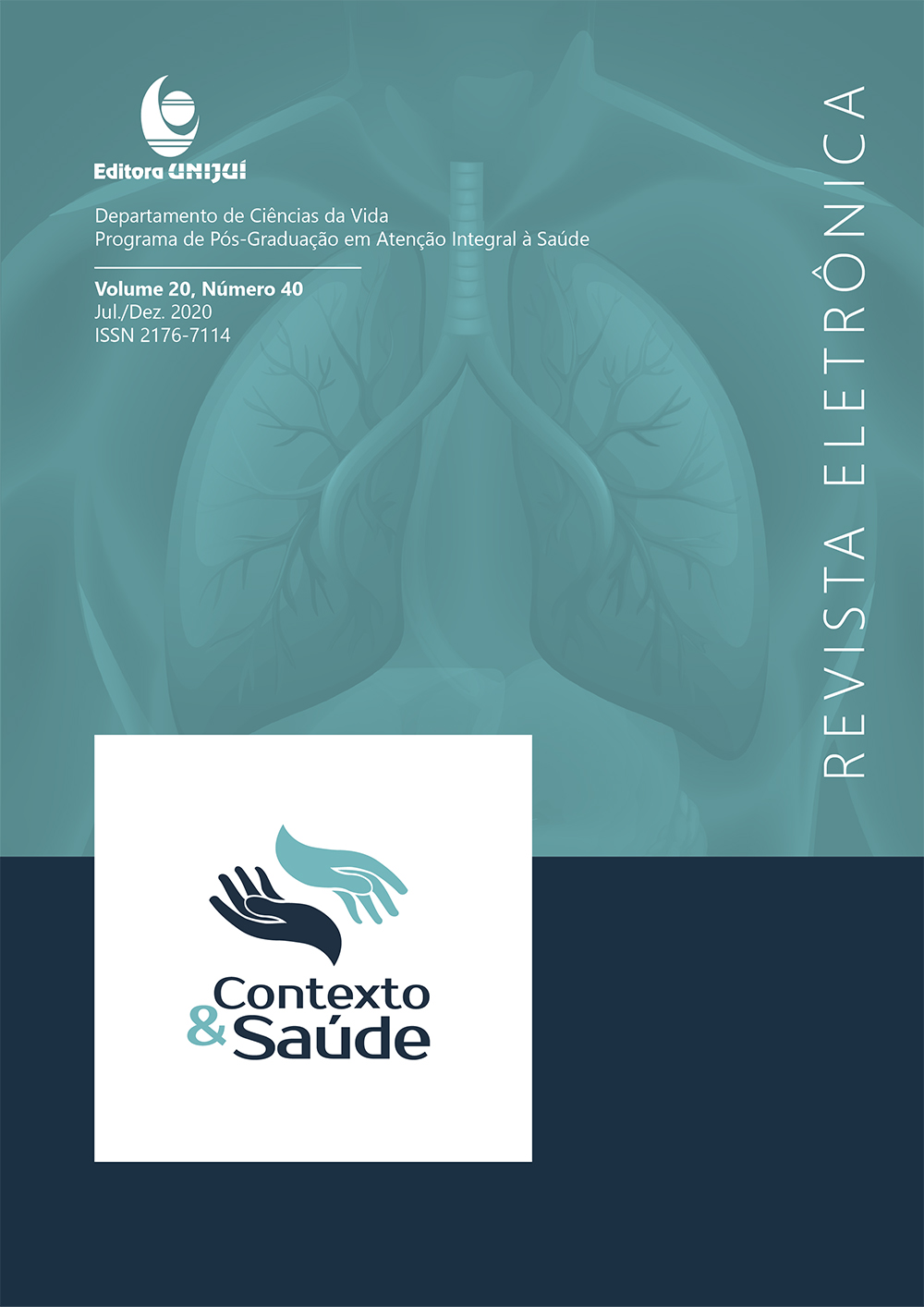Physical fitness as a function of cardiovascular risk through the waist-to-height ratio of sedentary
DOI:
https://doi.org/10.21527/2176-7114.2020.40.94-101Keywords:
Physical aptitude, Risk, Body composition, Anthropometry, Sedentary BehaviorAbstract
The objective of the study was to evaluate the physical fitness of sedentary individuals, comparing it according to gender, age group and cardiovascular risk through the waist height ratio. The sample consisted of 3,173 individuals of both sexes, considered sedentary and aged between 18 and 64 years old. Body mass, height, waist and hip circumference, skinfolds, motor tests (flexibility, elbow flexion and trunk flexion), systolic and diastolic blood pressure and resting heart rate were collected, and then the hip-to-waist ratio was calculated. height and mean arterial pressure, and the maximum oxygen volume was estimated. For the analysis of the data, the Kolmogorov Smirnov normality test was performed, and Median and Quartiles were used for data with non-normal distribution, Mann-Whitney "U" test for comparison according to sex and cardiovascular risk from Waist height ratio, Kruskal-Wallis test for comparison according to age group. SPSS software version 22.0 was used and the significance of p <0.05 was adopted. There were significant differences in all the measures evaluated in relation to the sex of sedentary individuals, the results were significant when compared to the male and female age groups for all variables within the 25, 50 and 75 percentiles, and also when comparing the groups of lower and higher cardiovascular risk. It is concluded that male participants have better physical fitness than women, and this tends to worsen with advancing age for both sexes and both sexes classified with higher cardiovascular risk presented worse physical fitness.
Downloads
Published
How to Cite
Issue
Section
License
By publishing in Revista Contexto & Saúde, authors agree to the following terms:
The works are licensed under the Creative Commons Atribuição 4.0 Internacional (CC BY 4.0) license, which allows:
Share — to copy and redistribute the material in any medium or format;
Adapt — to remix, transform, and build upon the material for any purpose, including commercial.
These permissions are irrevocable, provided that the following terms are respected:
Attribution — authors must be properly credited, with a link to the license and indication of any changes made.
No additional restrictions — no legal or technological measures may be applied that restrict the use permitted by the license.
Notes:
The license does not apply to elements in the public domain or covered by legal exceptions.
The license does not grant all rights necessary for specific uses (e.g., image rights, privacy, or moral rights).
The journal is not responsible for opinions expressed in the articles, which are the sole responsibility of the authors. The Editor, with the support of the Editorial Board, reserves the right to suggest or request modifications when necessary.
Only original scientific articles presenting research results of interest that have not been published or simultaneously submitted to another journal with the same objective will be accepted.
Mentions of trademarks or specific products are intended solely for identification purposes, without any promotional association by the authors or the journal.
License Agreement (for articles published from September 2025): Authors retain copyright over their article and grant Revista Contexto & Saúde the right of first publication.

